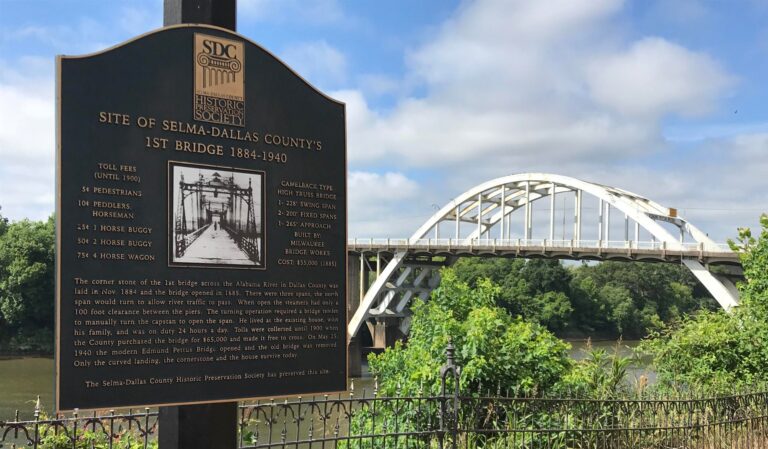Dallas County is a major contributor to tourism in the Black Belt.
Published Thursday, May 30, 2024 at 10:08 a.m.

According to a report from the Alabama Black Belt Adventure Association, Dallas County is a major contributor to the Black Belt region.
Since the COVID-19 pandemic, tourism’s economic impact in the Black Belt has changed dramatically, now standing at $1.9 billion. Last year, tourism’s economic impact was $3.8 billion, supporting 45,500 jobs.
The economic impact in Dallas County was $106,000, up from $78,000 in 2020. Total employment increased from 1,084 to 1,310.
Dr. Kayvan Delavie of the Economic Research Service wrote the report, “The Economic Impact of Tourism in the Alabama Black Belt Region.”
“Tourism is a key component of Alabama’s economic growth,” said Gov. Kay Ivey. “I’m excited to see tourism grow in the Black Belt.”
Pam Swanner, ALBBAA board president, said she wasn’t surprised by the impact on the area.
“Alabama’s Black Belt attracts tourists for a variety of reasons, primarily outdoor recreational activities such as hunting, fishing, birdwatching, hiking and camping,” Swanner said. “This report clearly shows that every county in the Black Belt benefits from tourism, and it also shows that tourism revenues have a positive impact on the state’s budget.”
Highlights of the report include:
Tourism in the Black Belt will generate an estimated 45,500 direct and indirect jobs in Alabama in 2023, up 5 percent from last year. State and local governments received $219 million in taxes from tourism in the Black Belt. Hunting and fishing generate $1.7 billion in annual economic impact and account for nearly half of tourism spending in the Black Belt. Tourism pumped $750 million into local county economies last year.
Barbour, Bullock, Butler, Choctaw, Clark, Conecuh, Crenshaw, Dallas, Greene, Hale, Lee, Lowndes, Macon, Marengo, Monroe, Montgomery, Perry, Pickens, Pike, Russell, Sumter, Tuscaloosa and Wilcox counties are also part of the Black Belt region.

